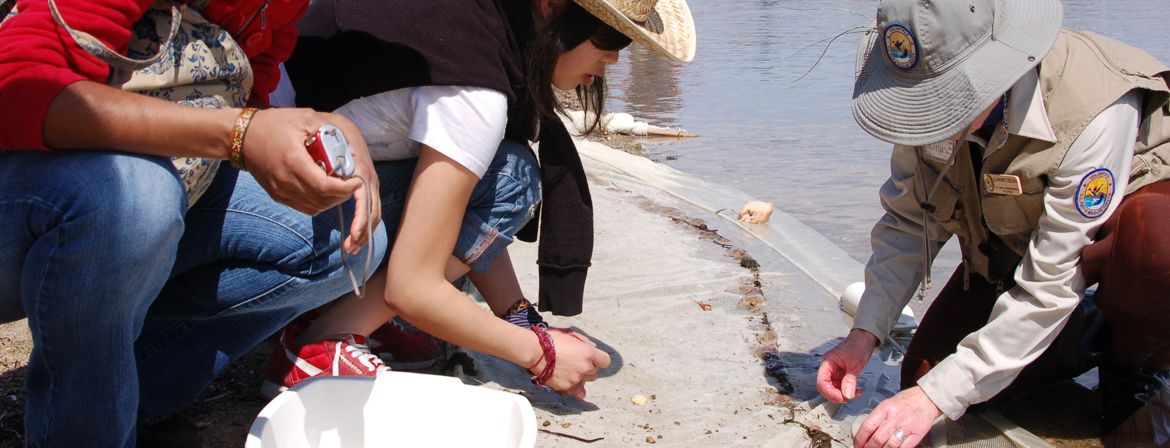Medicine Hat, a city in western Canada with a municipally owned utility, was interested in exploring how consumers would respond to receiving information on their home’s heat loss…
To promote the reduction of home energy consumption and energy use related to food and transportation, Girl Scouts created the Girls Learning Energy and Environment Program (GLEE)…
Developed in the Region of Peel, Ontario, Stepping It Up was a program designed to reduce car traffic and increase walking and cycling to school by working with elementary school …
Due to a rapid increase in population growth, Barrie, Ontario was faced with an increasing demand on water supply. An environmental assessment conducted by the Municipal Works Dep…
British Columbia’s Way to Go! program was created in response to data that showed a sharp increase in the number of students traveling to school by car between 1984 and 1994. Conc…
In 1991 the Bay Area Air Quality Management District (BAAQMD) launched Spare the Air – a voluntary program designed to curtail motor vehicle emissions and improve air quality thro…
Targeting gay men in the inner Melbourne region, the Drama Downunder campaign was designed to (1) increase access to diagnosis, treatment, and care of sexually transmitted infecti…
Several decades ago, the city of Cape Town, South Africa predicted severe water shortages as a result of rapid urbanization and high per capita water consumption. In 2018, as the …
Gulfside Healthcare Services’ healthcare workers care for the majority of their patients at home. Because workers are not always in the same setting (or in a controlled environmen…
Working with women with at risk pregnancies in the Greater Montreal Area in order to reduce instances of low birth weight in babies was the goal of the Montreal Dietary Dispensary…



